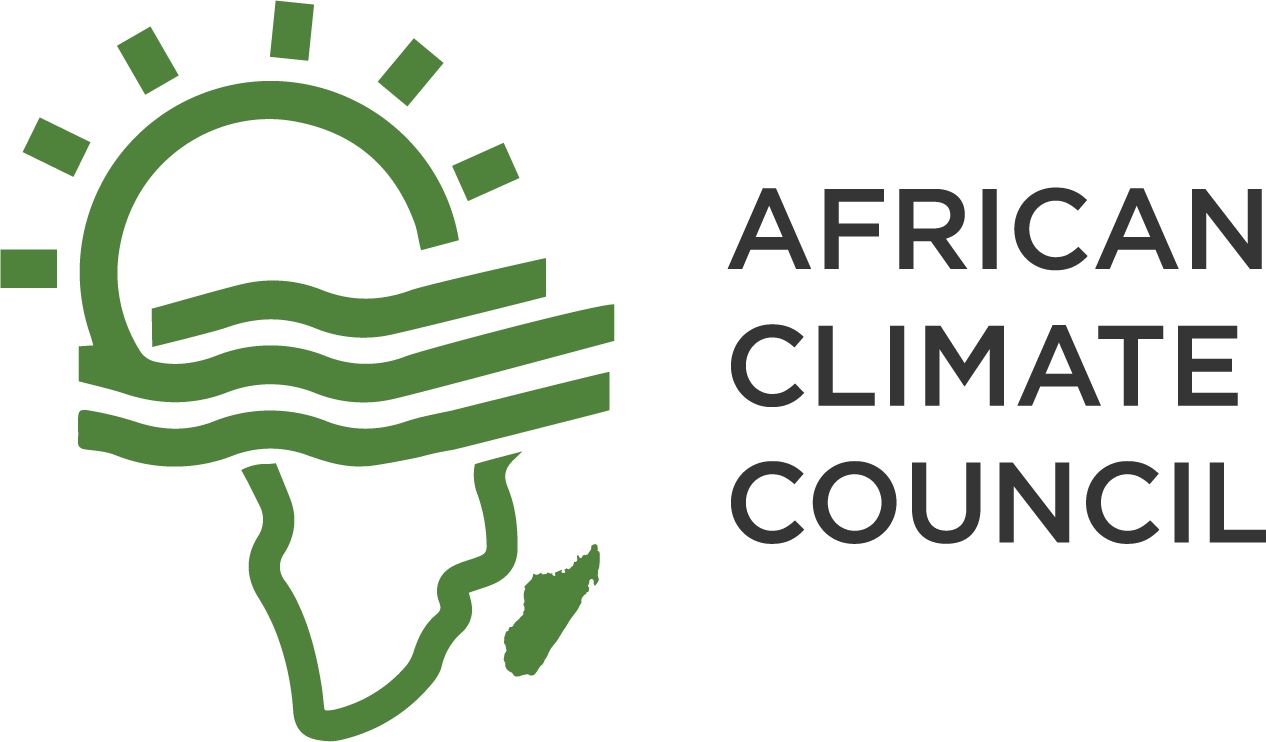
South Africa has faced numerous setbacks in the post-covid era, and the prolonged blackout is a prime example. The sector has been by another blow, with reports exposing a $55 million daily loss through corruption.
The shocking news is according to the company’s Chief Executive Andre de Ruyter during his interview with a parliamentary committee, where he refused to mention the culprit behind the scheme. This is barely three months after President Ramaphosa declared the electricity issue a state of emergency. Before his February statement, South Africans were under strict 12 hrs-a-day electricity rationing.
Eskom’s poor management has been evident since the era of former Jacob Zuma, lacking the needed governance to set up contingencies and strategies, despite the loans pilling up for its development. Ramaphosa’s administration is also overwhelmed, one of the issues being the debt burden of over $20 billion.
Small businesses, already in crumble, and the over 60 million people should brace for more electricity shortages. Firstly, the company lacks sufficient reserves to supply the country’s power needs. Eskom also depends on coal for 80% of its electricity, which is overused and unable to sustain the basic amenities.
Eskom has been strained, an issue set to have been sorted by Medupi and Kusile coal plants. The two have failed, only delivering half of the projected output 15 years after their launch. Other energy options like hydropower and renewable sources are merely used, with the latter only accounting for 13.4% of the collective supply.
According to the IMF, South Africa’s GDP is also at stake, projected to plunge by 1.2%, with more businesses shutting down. Therefore the unemployment rate, already at a staggering 33%, will also increase.
South Africa needs to switch from coal which is also an environmental hazard in its extraction and processing. Most importantly, Ramaphosa’s government must tighten the embezzlement loopholes and actively invest in hydro-generated power and renewable sources, such as solar and wind energy.


Add a Comment